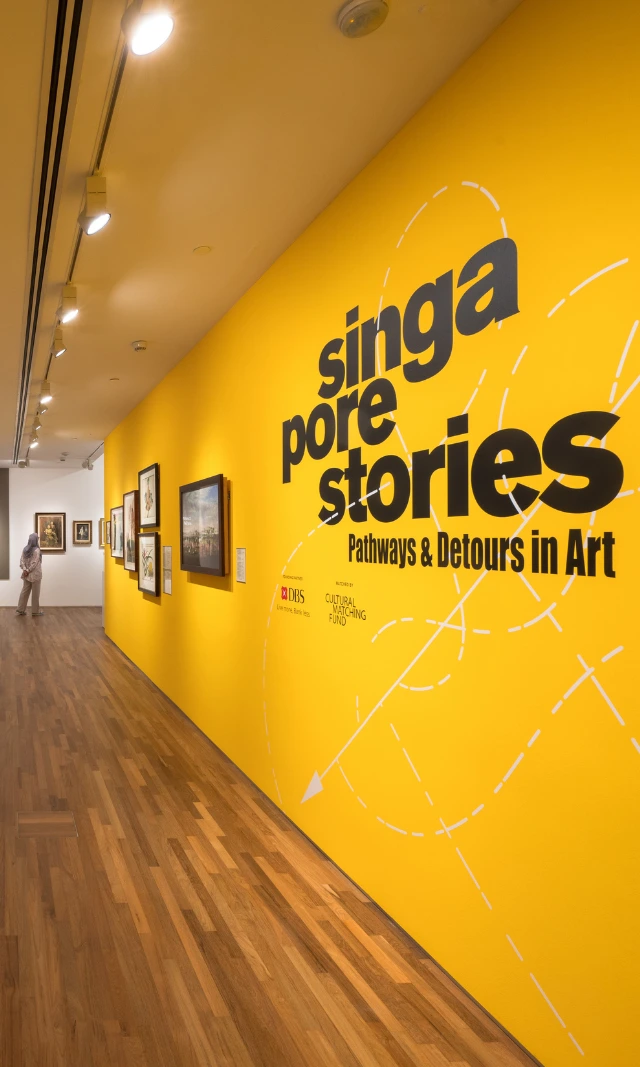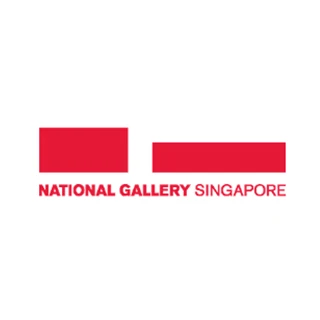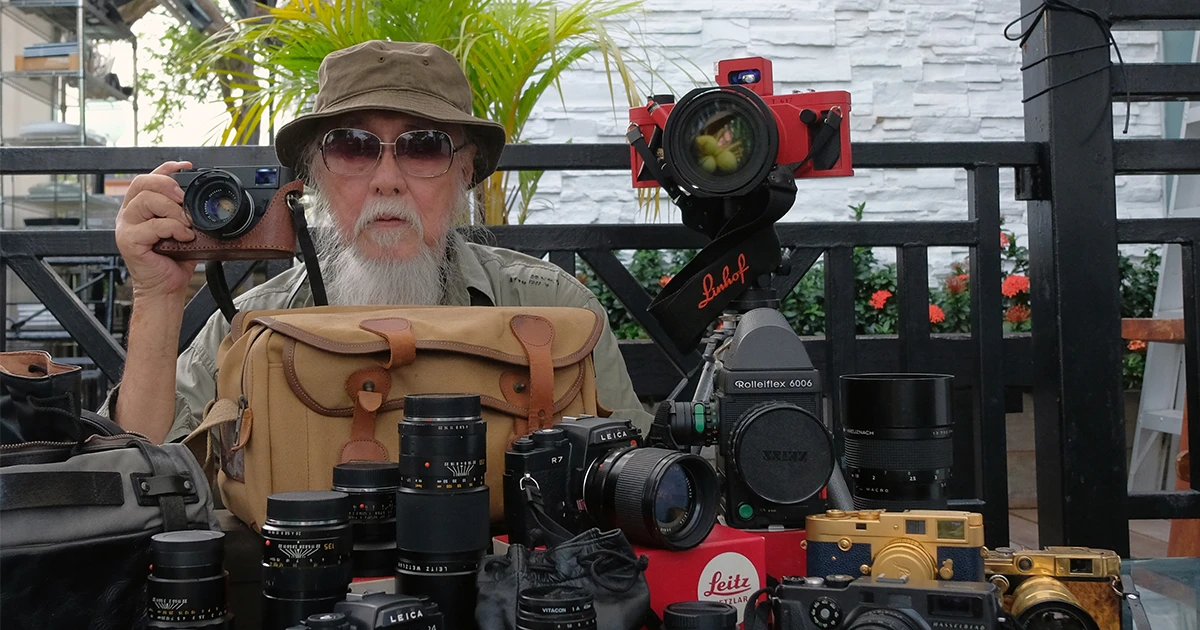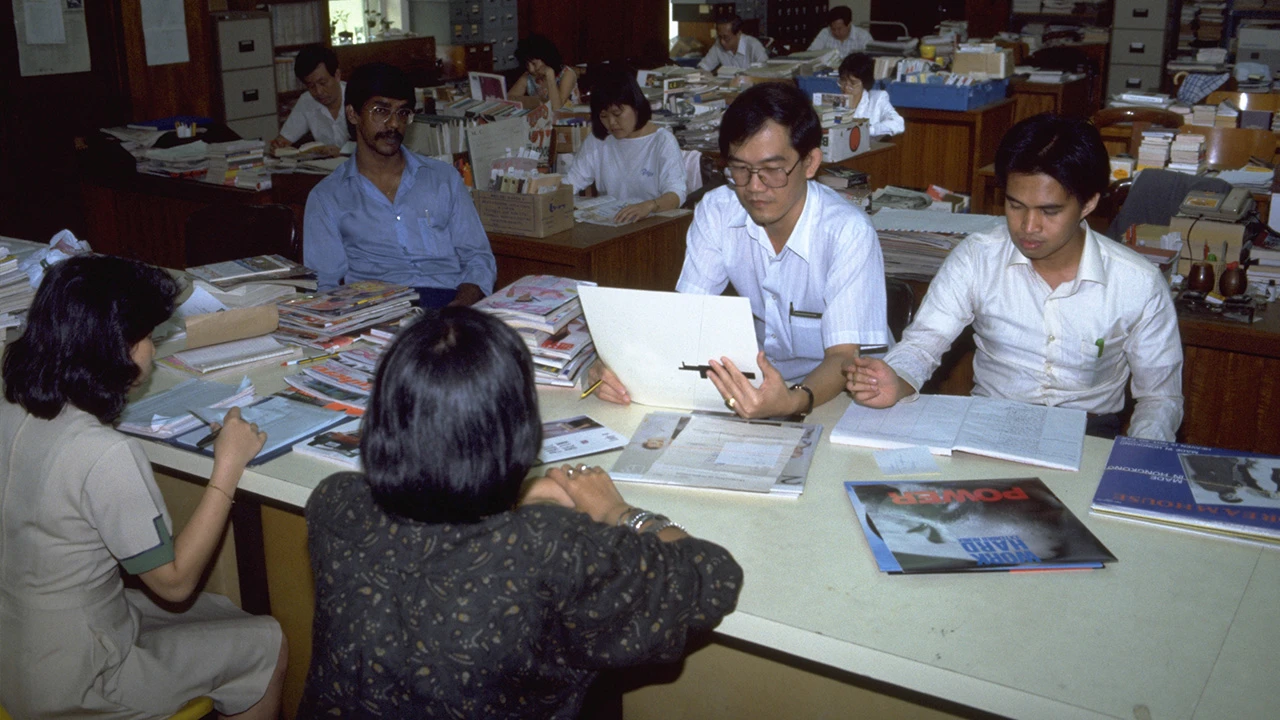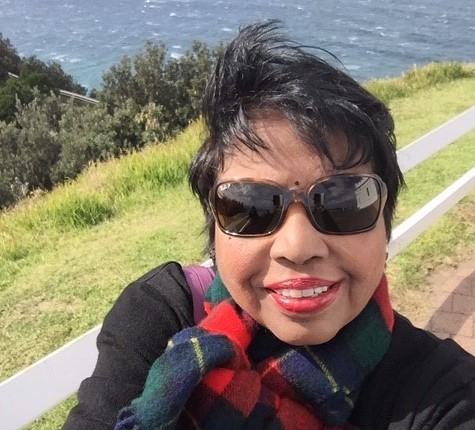
2010s
She had always wanted to be a teacher, given her background in English language and love for history and literature. The last thing Ms Sulosana Karthigasu had expected was to get involved in the world of public service—and making a lifelong career out of it.
Sulosana, or better known as Sulo, started her career with the Ministry of Culture’s censorship unit in 1971 at the former City Hall building. Dressed in a smart skirt suit on her first day at work (“Almost everyone tailored their workwear in those days”), she took an oath at the former Supreme Court next door as part of her initiation into the civil service.
The years that followed saw Sulo assume other public service roles such as editor, press secretary to Ministers as well as Managing Director of PR Academy, where she trained public sector officers in public communications. Today, she is a senior consultant with the Ministry of Communications and Information.
Seat of power
Asked how she feels about the 13 years spent working at the former City Hall building, Sulo shares, “There was a lot of respect and pride, especially when I knew I was working in the same building as the Prime Minister, the late Mr Lee Kuan Yew.
“As a young person and junior officer in the service, I held him (and still do) in high esteem. There was also fear because Mr Lee would sometimes appear suddenly at your office. If he asked you a question, you must be able to answer. Luckily, I had never been caught unaware in that situation!”
She pauses and then continues, “To me, the former City Hall building represents the seat of power, even till today.”
The fearsome and the funny
There was, however, one thing Sulo feared more than the late Mr Lee, the occasional cockroach or mouse that would fall from the asbestos-filled ceiling onto her desk, or even the spooky encounters while working late nights.
It was also the Gurkha guards who stood watch at every staircase landing.
“They would stand really straight with their rifles pointing upwards. They stood like statutes, without even a flicker in their eyes. And they looked really fierce,” Sulo recalls.
Fears aside, one amusing experience Sulo recounted relates to the time she thought she had mistakenly entered the male restroom on her first day at work. “It turned out they had converted one of the men’s toilets for the ladies to use, and the urinals were not removed,” she laughs.
She elaborates, “In those days, there wasn’t a need to plan for female restrooms because very few women worked in offices. Of course, that changed shortly after.”
A family-like work environment
In fact, when Sulo joined the English censorship unit in 1971, she was the first female staff member there, and also the youngest.
“In my first few years working at the former City Hall building, I was really a frog in the well, really suaku,” she says, using a colloquial term to describe an ignorant person.
She adds, “As part of my job, I had to review books on sex as well, and that came as an initial culture shock!
“Thankfully, I had wonderful colleagues who did not make me feel like a fool. Instead, they treated me like family. I am still in touch with a lot of people I worked with in those days.”
Despite the language barrier between Sulo and her colleagues from non-English speaking backgrounds, she remembers the working environment as being very pleasant in those days.
She says, “Everyone was really friendly. It’s not like I cannot speak to you at all because I don’t know your language. We would still greet each other with ‘Good morning’ or ‘How are you’ when we met.
“People were also genuine and willing to help. If we were shorthanded at work, we didn’t have to ask for volunteers. Many would automatically stay back and help you.”
On the former City Hall building now reincarnated as part of the National Gallery, Sulo smiles and says, “I’m glad the steps to the building have been retained. It’s my favourite spot, because so many historical moments took place there. Back then, people seldom used the steps to enter the building. But I always did, as it was a constant reminder of Singapore’s history.”








